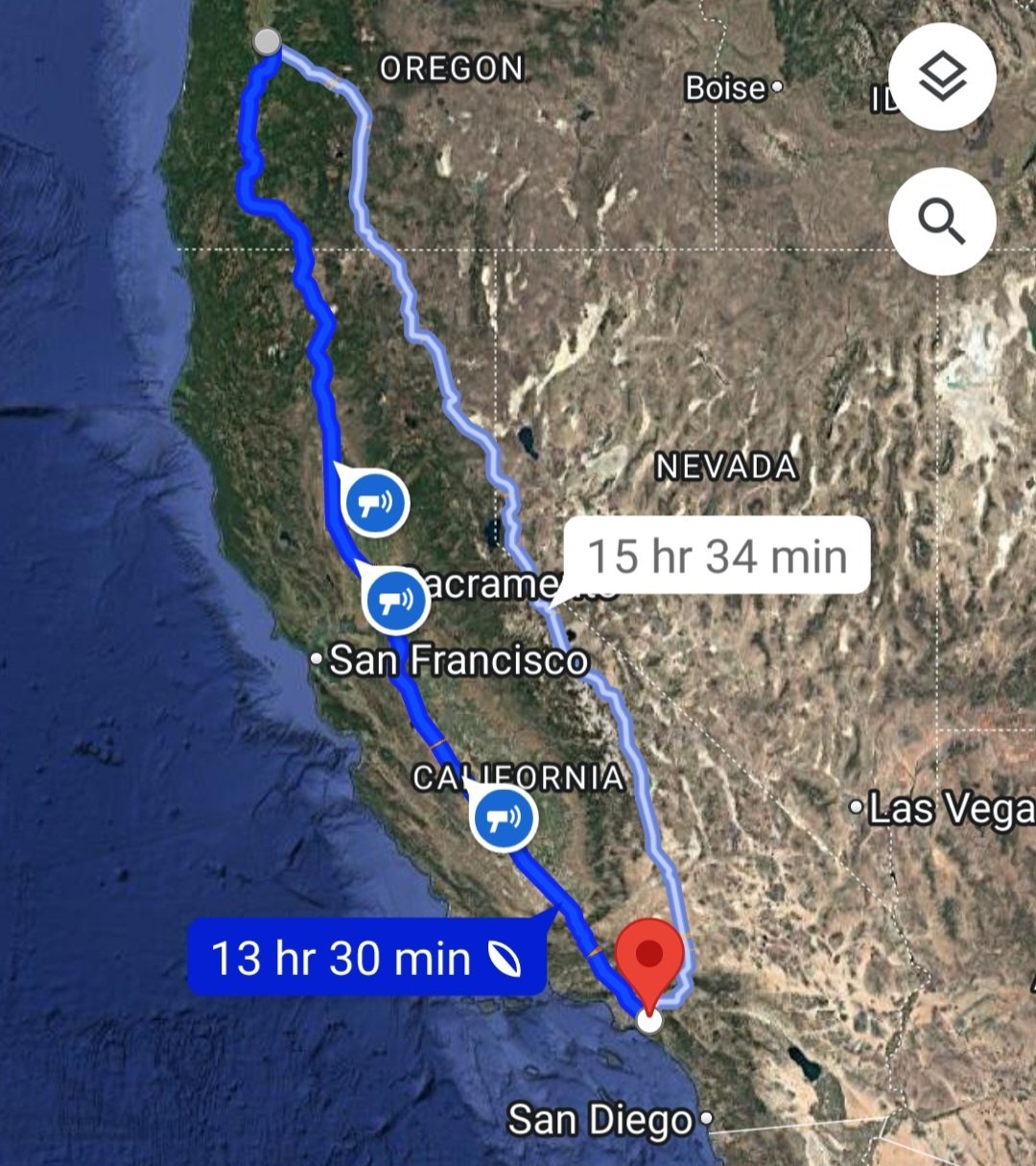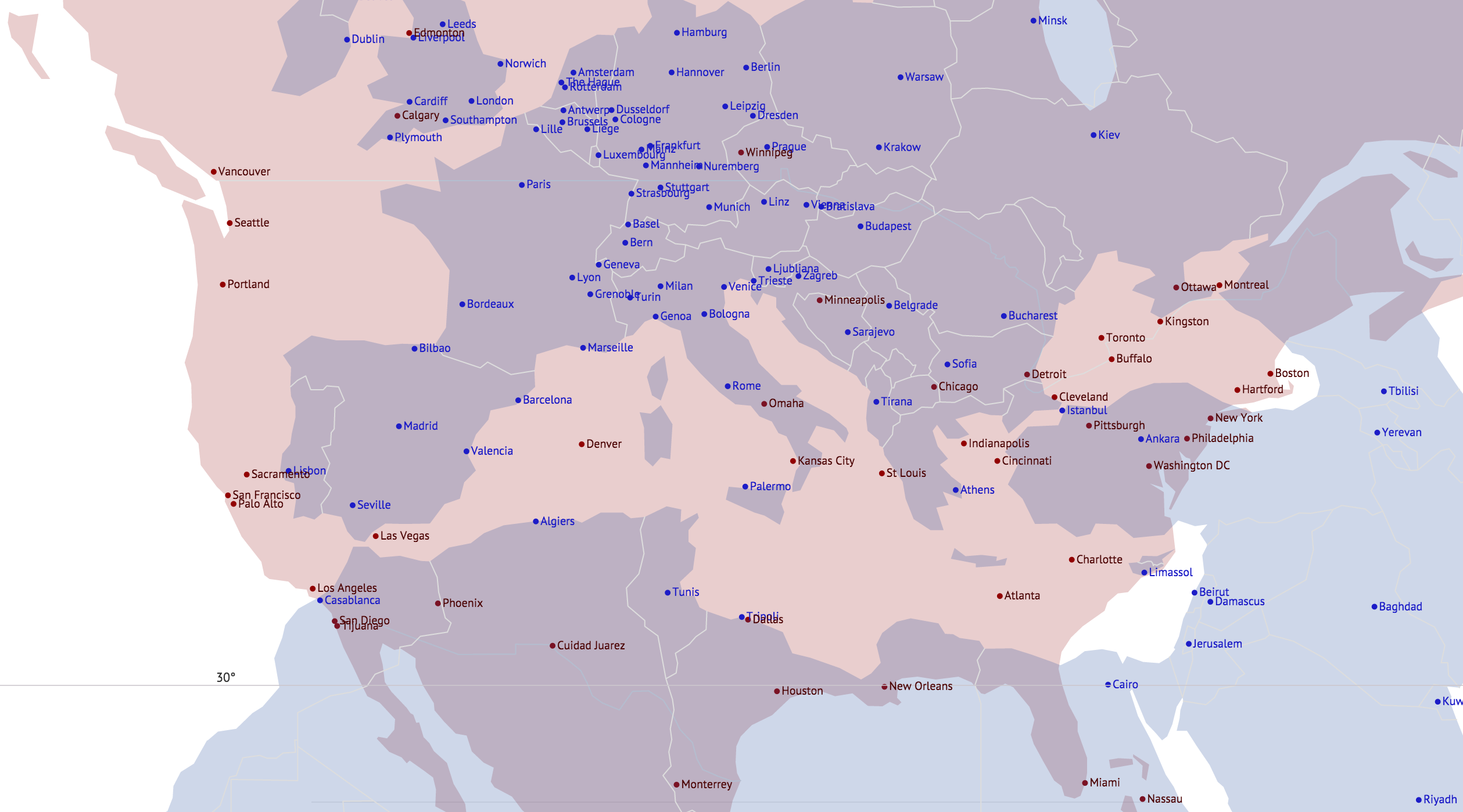It’s not necessarily how far things are, it’s that you need a car to get to places in a sensible way.
I’m a fellow Brit, but have stayed in suburban US enough to have experienced how different it is. You might have a supermarket a couple of miles away, but if you want to attempt to walk there, you’ll often be going well out of your way trying to find safe crossing points or even roads with paved sidewalks.
Train stations are mostly used for cargo in most US cities. If you don’t have a car, you’re pretty much screwed.
Some cities are different. NYC being the obvious one. You can get about there by public transport pretty easily in most places there. San Francisco is another city that is more doable without a car, but more difficult than NYC.
I stayed near Orlando not too long ago and there it’s just endless surburban housing with shops and malls dotted about mostly along the sides of main roads. You definitely need a car there.




